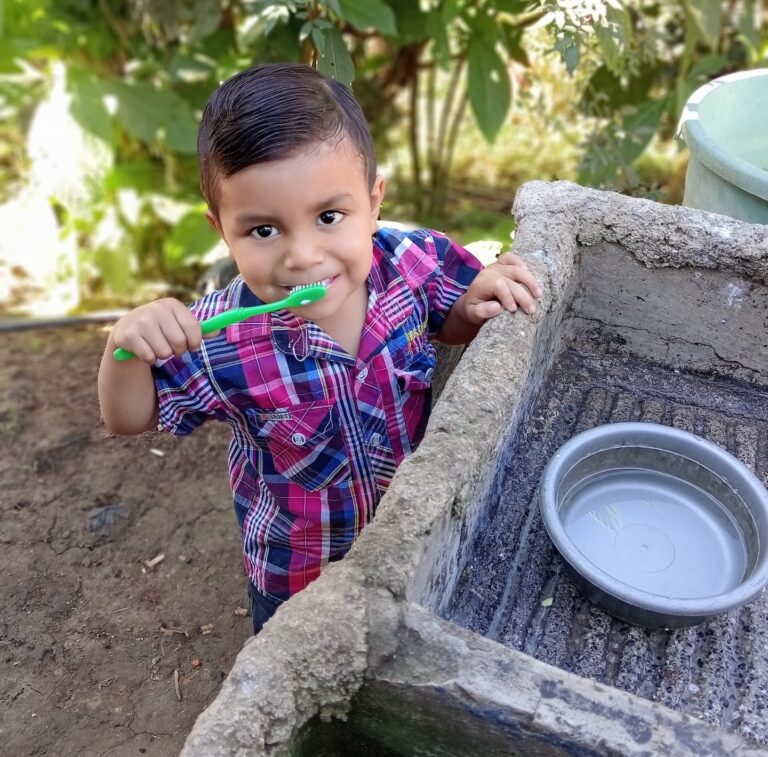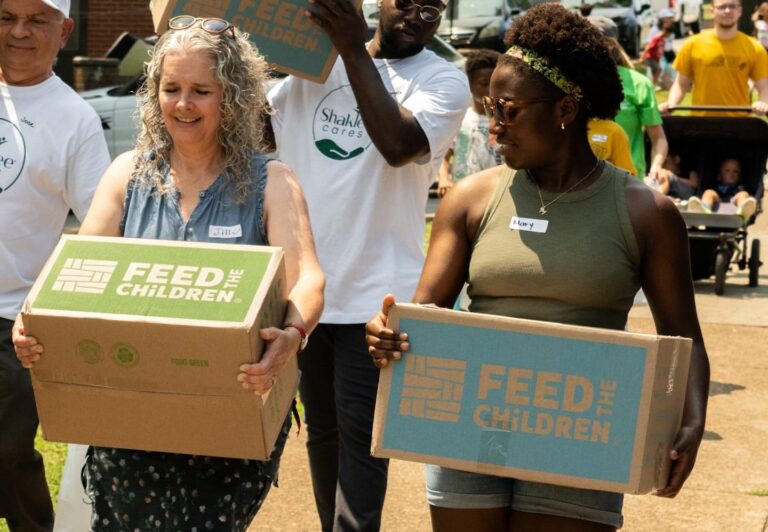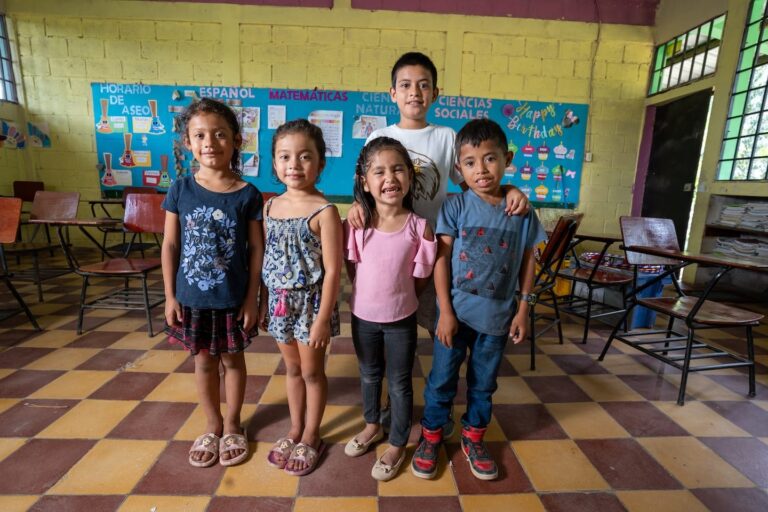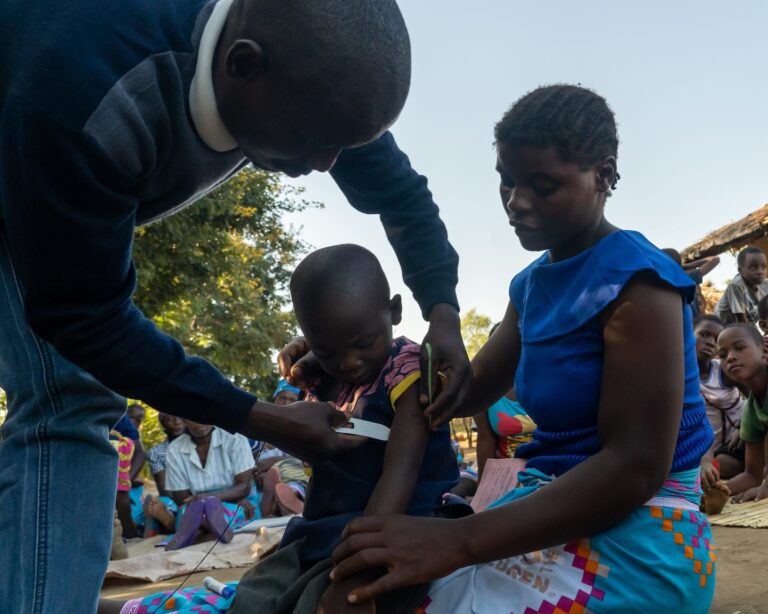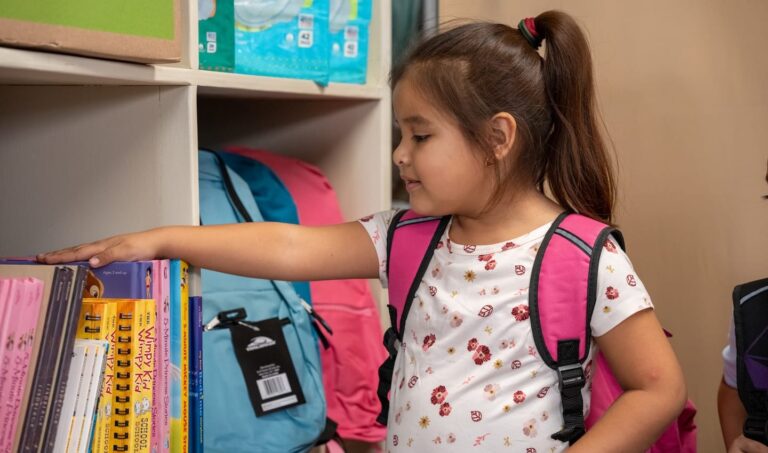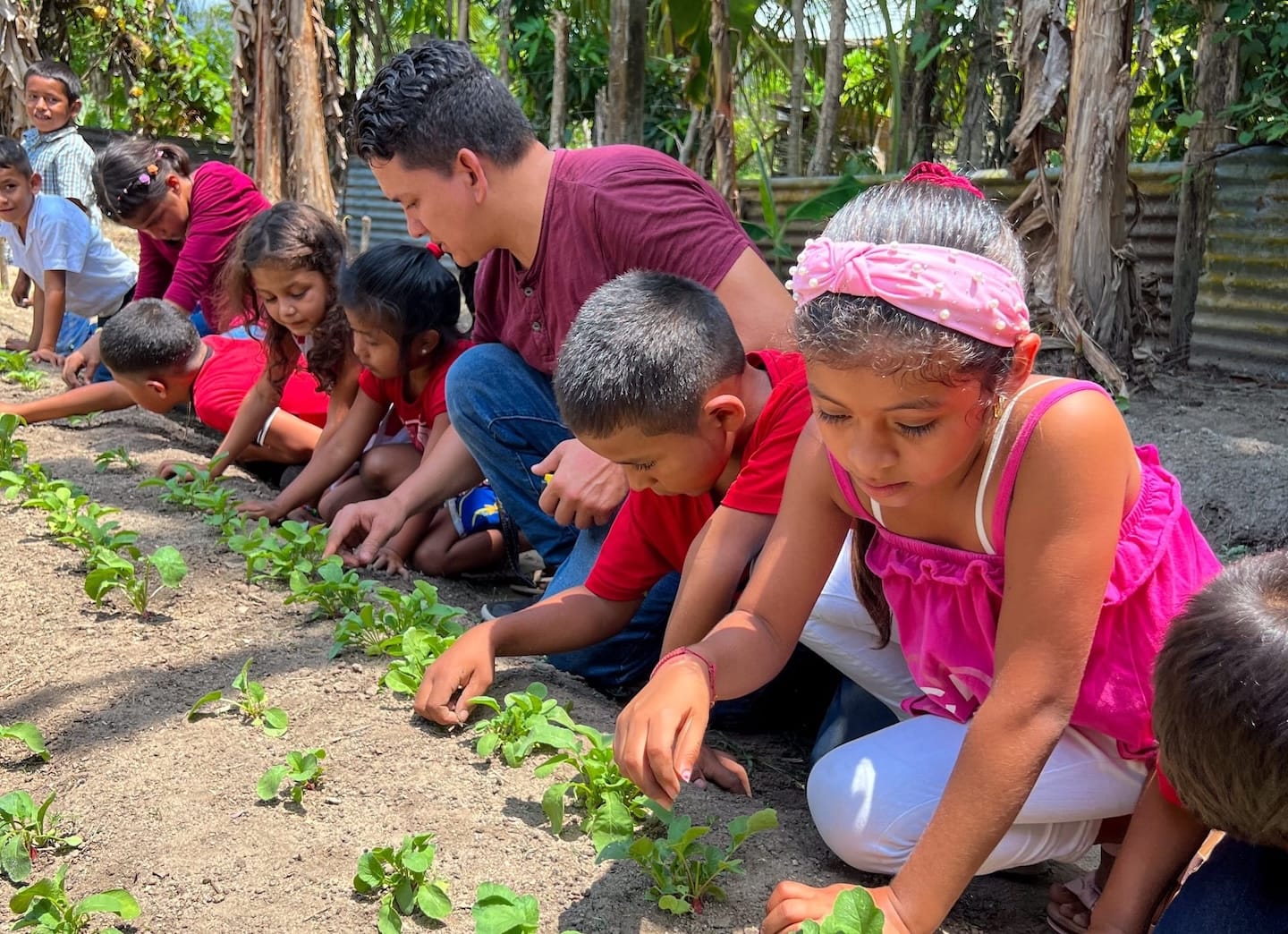
How Community Gardens Fight Hunger
It’s early in the morning when children begin to arrive at school – too early, in fact, for class. They aren’t going to the main building, however, but to the large field behind their schoolroom. Here, neat rows of green sprout from the tilled soil. Dew still clings to a few shoots, not yet baked away by the sun.
Dozens of small hands move carefully between leaves and vines, plucking weeds and picking any radishes, cucumbers and other vegetables that are ready to be picked. The children beam with pride – this is their garden, carefully grown and tended in their schoolyard, and at lunchtime, this harvest will fill their bellies.
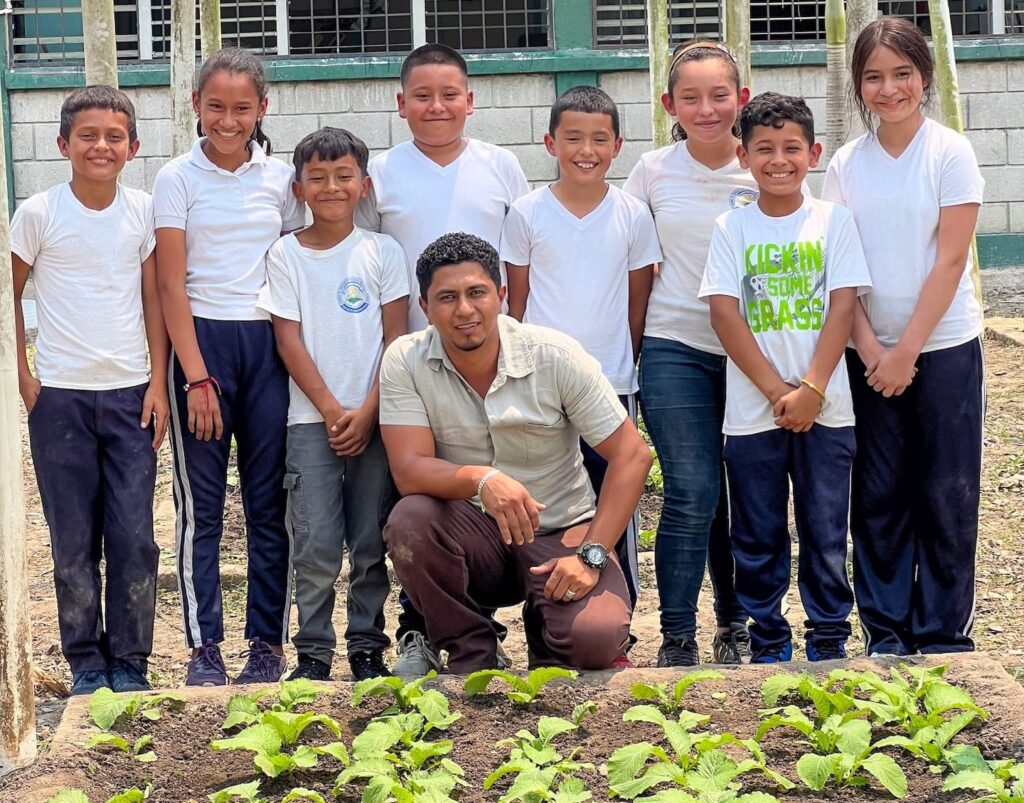
Community and school gardens, like this one in Honduras, play a pivotal role in Feed the Children’s work to end childhood hunger. Our programs help create these spaces, providing an assortment of seeds, seedlings, and even sapling fruit trees, as well as the tools and supplies needed to maintain them.
Your support is essential for creating community and school gardens, in order to:
Improve nutrition.
Feed the Children’s garden programs target areas that already engage in agriculture but lack the financial means to branch off from one staple crop. Often grain or maize, this staple is also the main source of food for the family.
But eating only one food means missing out on key nutrients. This can lead to malnutrition and stunted development in children. Community gardens help families diversify their diet, giving children more of the vital nutrients they need to grow healthy.
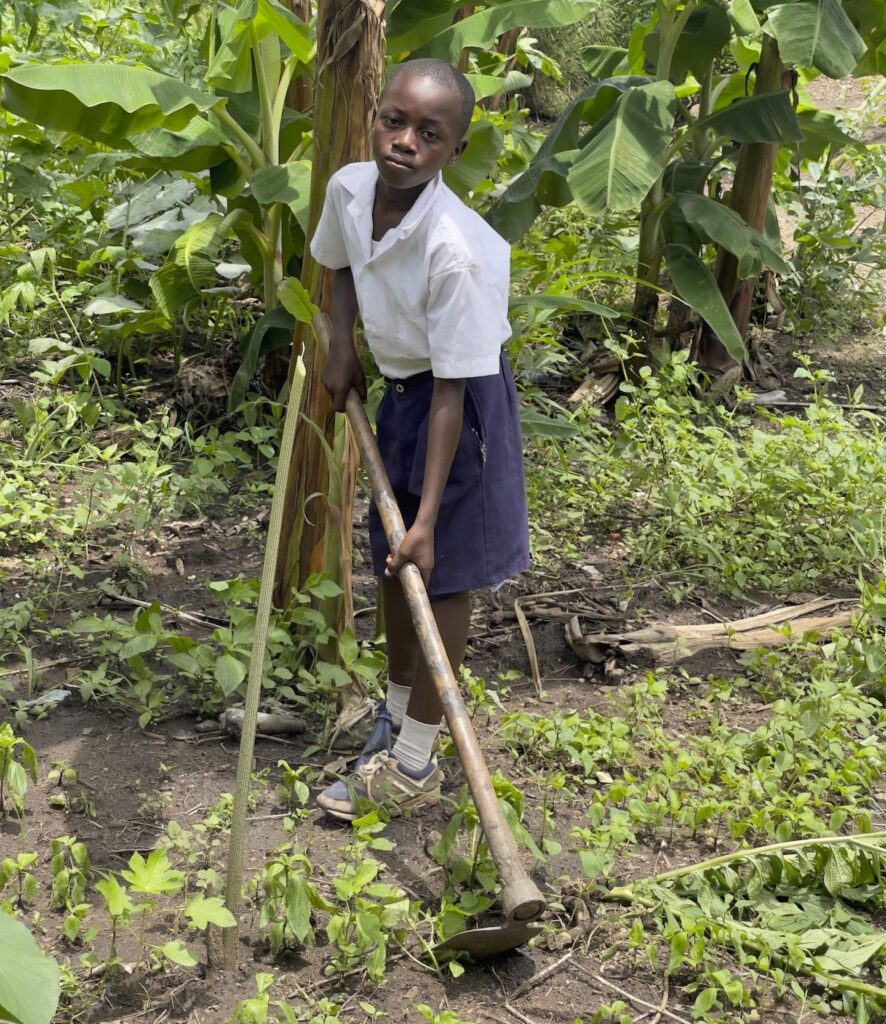
Generate extra income.
Your donation continues to support a community even years after it’s been given! That’s because a community garden, once established, can become a valuable source of income for a community. If more is grown than what the community can consume or preserve before it goes bad, the extra can be sold or traded to neighboring communities. The extra income can be put back into the garden, used to improve other shared assets, or saved and used as insulation against future disasters or food crises.
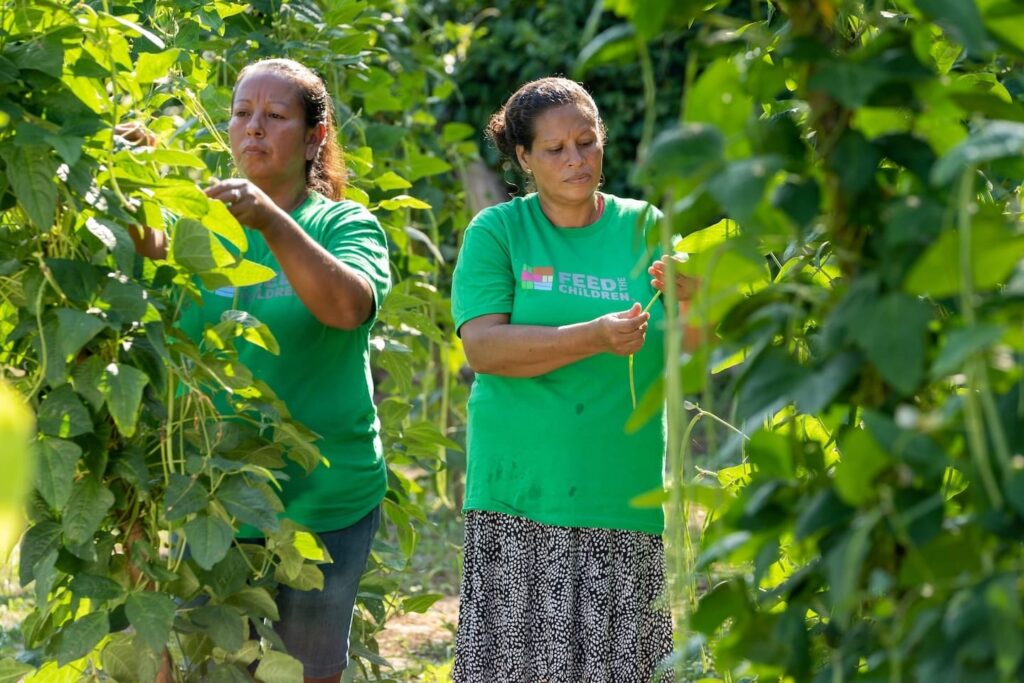
Promote self-reliance.
The communities where Feed the Children works to establish gardens are often in remote, rural areas. There are no external support systems, no banks from which to take out loans, and no avenues for government intervention. The more they can provide for themselves, the safer, healthier, and more stable their community will be.
Last year, thanks to you, thousands of community and school gardens were planted across Central America and Africa. These gardens do more than just provide meals for a day or week. They support education. They promote health. They grow stronger, resilient communities.

